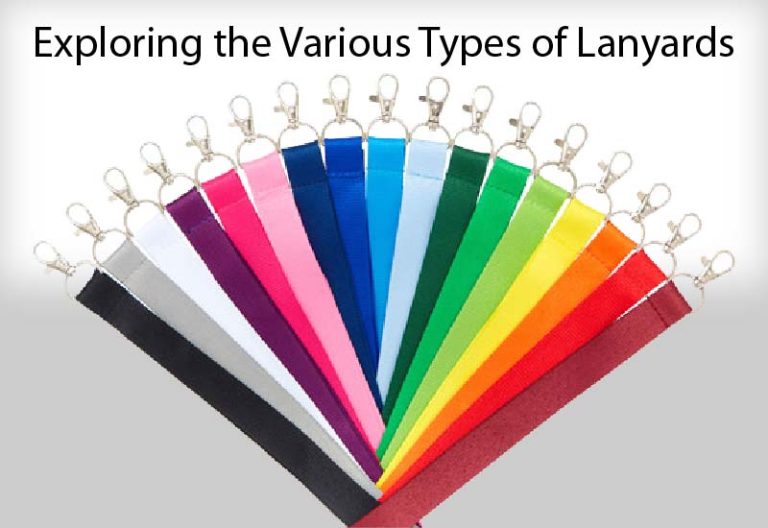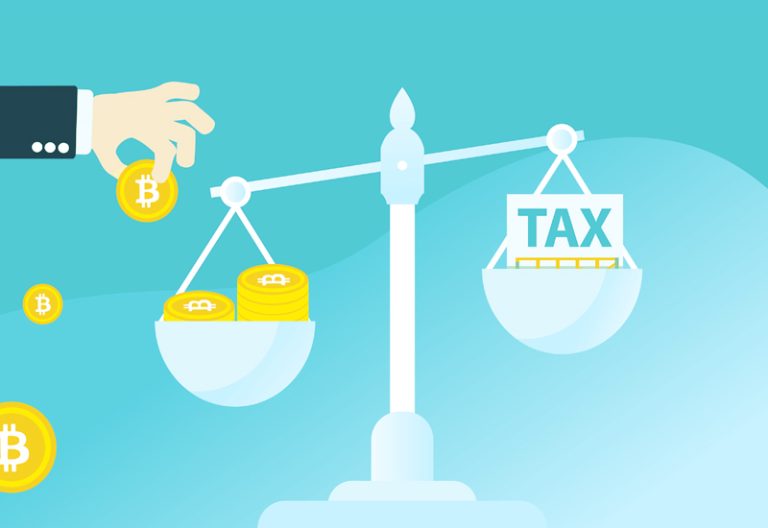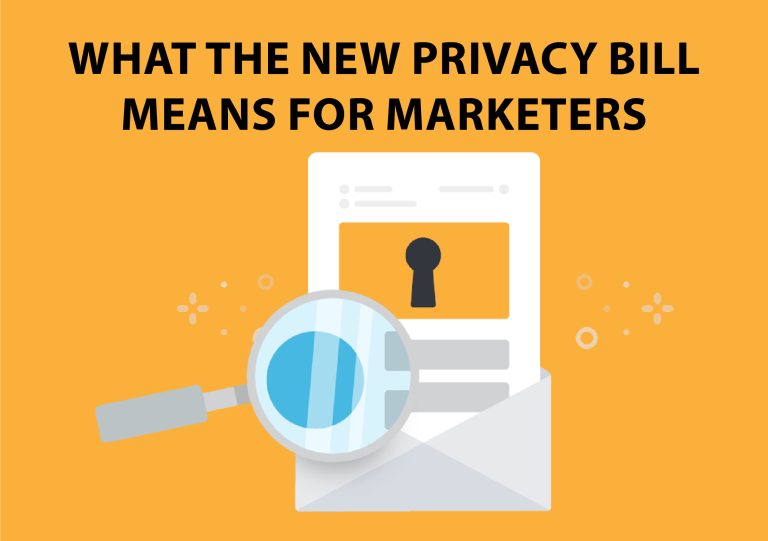Faxing With Email: How to Transmit Your Data Securely

Not everyone realizes how inherently insecure emailing is in comparison to faxing. However, those who work in highly regulated industries like health care, finance, and legal services are well aware of the challenges associated with sending secure emails. Fax-via-email services provide a much more secure and equally simple solution.
How Email-to-Fax Works
When faxing with email, people can send secure faxes via their standard email clients by using an advanced electronic faxing service provider. On the surface, the process is roughly the same as sending an ordinary email, which means there’s no learning curve to deal with. Almost everyone in today’s workforce knows how to send an email.
Email-to-fax service providers allow users to send messages by addressing them to fax numbers via custom fax domains. The information that gets included in the subject and body fields will be included as a cover page, and the fax itself will be uploaded as an attachment. From there, all there is to it is to click “send.”
Once a user sends a fax via email, the online faxing service provider converts it for delivery across secure networks to the remote recipient. The sender will receive an email once the transmission is complete to let them know whether the fax was sent successfully or failed to transmit. In the unlikely event that the transmission fails, the user will also receive information about why so that they can fix the problem.
The Email-to-Fax Step-by-Step Process
Still confused? Let’s break down the process even further into distinct, easy-to-follow steps. Here’s what users need to do to send a fax via email:
- Open their personal or corporate email clients.
Start a new message and address it to the fax number @ the service’s domain.
Write a subject and include a cover sheet in the body.
Add the fax as an attachment.
Click send.
Wait for a confirmation email.
Most modern email-to-fax solutions allow users to include a variety of file types. The process of sending faxes in the form of .DOC, .DOCX, .PDF, .JPG, .XLX, and even .PPT files is equally easy regardless of what file types senders use.
What Makes Email Faxing More Secure?
Because the process of sending a fax via email looks so similar to that of sending traditional emails, it’s hard for some users to understand what makes online faxing more secure. The key differences occur behind the scenes.
When people or organizations choose a reliable online faxing service provider, they’ll get access to a fully secured network. Instead of sending unencrypted information via multiple servers, as is the case with ordinary emails, fax-to-email servers encrypt messages and then transmit them to their final destinations via their own networks. There are multiple levels of data protection in place.
Is Faxing Via Email a HIPAA-Compliant Solution?
Businesses that work in or adjacent to the healthcare industry need to be exceptionally careful when it comes to data security. One false step can leave them facing not just hefty fines but also reputational damage. Using an online faxing service is the best way to ensure compliance with the Health Care Portability and Accountability Act, including both its Privacy and Security rules.
Sign Up Today
Need to send sensitive information securely online? Sign up for an account with a reliable online faxing service that offers email-to-fax solutions, then follow the simple steps laid out above to transmit data safely.






